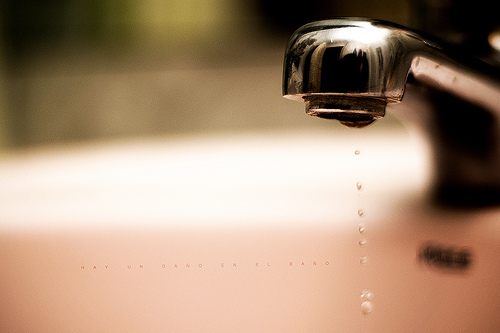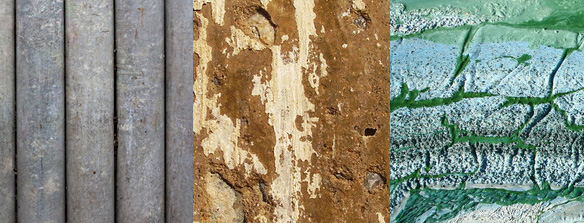We all know that mould is a fungus that grows where there is moisture, and we’ve all heard horror stories of toxic mould in our homes. But what are some ways we can prevent or avoid it? Before we answer this, let’s get to know the basics.
How Mould Grows
At any given moment, the air around us contains thousands of mould spores. Moulds multiply by squirting microscopic spores into the air. The spores develop into mould if they land on things that provide them with nutrients and if moisture is present. Certain events, such as floods, can leave your home more susceptible to mould growth. However, everyday activities can also lead to mould growth. In fact, it is pretty difficult not to have any mould in your home, at least in small amounts.
Two factors play a very important role here: moisture and ventilation.
In the home, mould grows on pretty much everything, including drywall, wood, furniture, food, carpet and even paper. This happens in the presence of moisture and/or in the absence of proper ventilation.
The appearance of mould can be a symptom of a deeper underlying problem, such as improper building materials for your climate region, or an improper ventilation system. In either case, breathing in mould can cause serious health problems. Here are 5 crucial habits to develop to keep mould out of your home and avoid those problems!
5 Habits to Prevent Mould
1. Dry Up

Photo credit: kozumel
Since mould grows in moist environments, the first and most obvious habit is to dry any wet areas as soon as possible. Fix any broken or leaky pipes or basins. Hang clothes outdoors instead of inside. Close toilet lids. Clean up any spills or leaks immediately! This habit should be second nature if your goal is to keep a mould-free home.
2. Turn on the Fan
One simple habit to remember is to always turn on the fan when doing something where water evaporation or condensation occurs. The exhaust fans in your kitchen and bathroom don’t just move air around like other fans do; they actually wick away moisture and odour. Leaving the fans on for a little while after your bath or shower, or cooking, is an important practice.
Turning on other fans in the house to increase ventilation is also a good idea. HVAC systems are designed to replace air in the house with new air, thereby continuously circulating the air in your home. Don’t forget about the corners of the house where air does not circulate easily, such as closets and the attic. Opening a window to let in fresh air also reduces moisture. Just make sure it isn’t raining or very humid out!
3. Shut the Doors

Photo credit: quinn.anya
While this may seem counter-intuitive to proper ventilation, shutting doors will help prevent unwanted moisture from spreading into different rooms of the house. Shut the bathroom door when taking a shower or bath, and shut doors when cooking something containing water.
4. Minimize Common Mould Breeding Grounds
One of the most common items you might find in the kitchen is also probably the dirtiest. Have you seen the MythBusters episode where Adam and Jamie try to figure out whether there are grosser household items than a toilet seat? Isn’t it disturbing that one of the worst is also the one you use on your food and dishes? The old kitchen sponge or dishcloth that you use to wipe down counters is full of bacteria and food particles. That’s not only troublesome on its own account, it also creates conditions that are perfect for mould, and you’re spreading it with every swipe. If you can’t do without the sponge, disinfect it with every use. Bleach is cheap and effective. Dipping the sponge in water and microwaving it will also kill the bacteria living on it.
Another area mould loves to grow on is indoor potted plants. The moist soil combined with readily available biological material is excellent for mould. Keep your plants mould-free by spraying them with special de-moulding formulas found in stores.
5. Measure Your Indoor Humidity Level

Photo credit: Sally E J Hunter
The simplest thing you can do is check the humidity level of your home on a regular basis. Use a dehumidifier if the levels are too high.
As they say, “an ounce of prevention is worth a pound of cure.” This definitely applies in the case of mould! It can be hard to remove and can be harmful to your or your family members’ health if breathed in. Build these 5 habits to minimize mould growth in your home and foster a healthy environment.
Sources
- http://www.epa.gov/mold/moldguide.html
- http://www.health.sa.gov.au/pehs/PDF-files/ph-factsheet-household-mould.pdf












